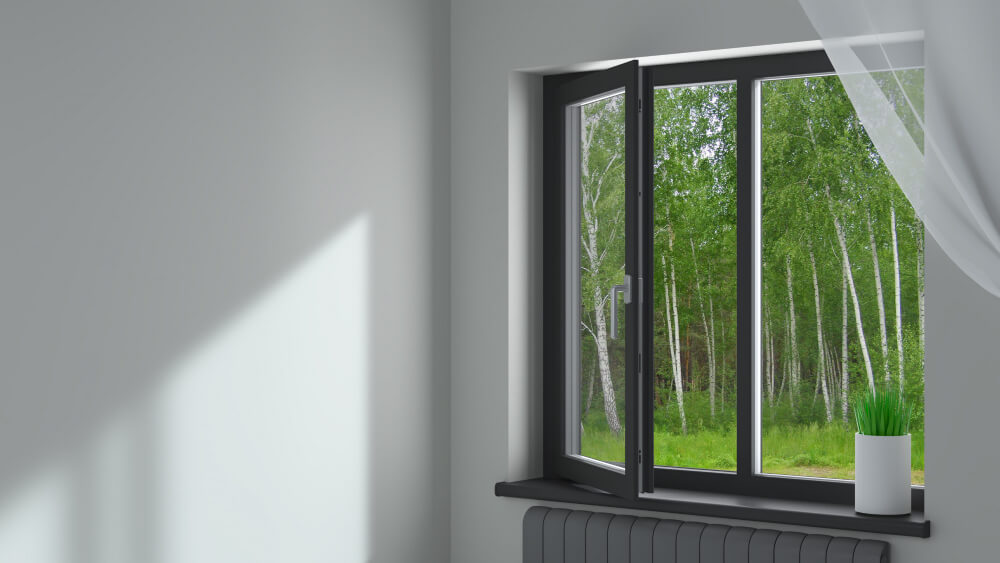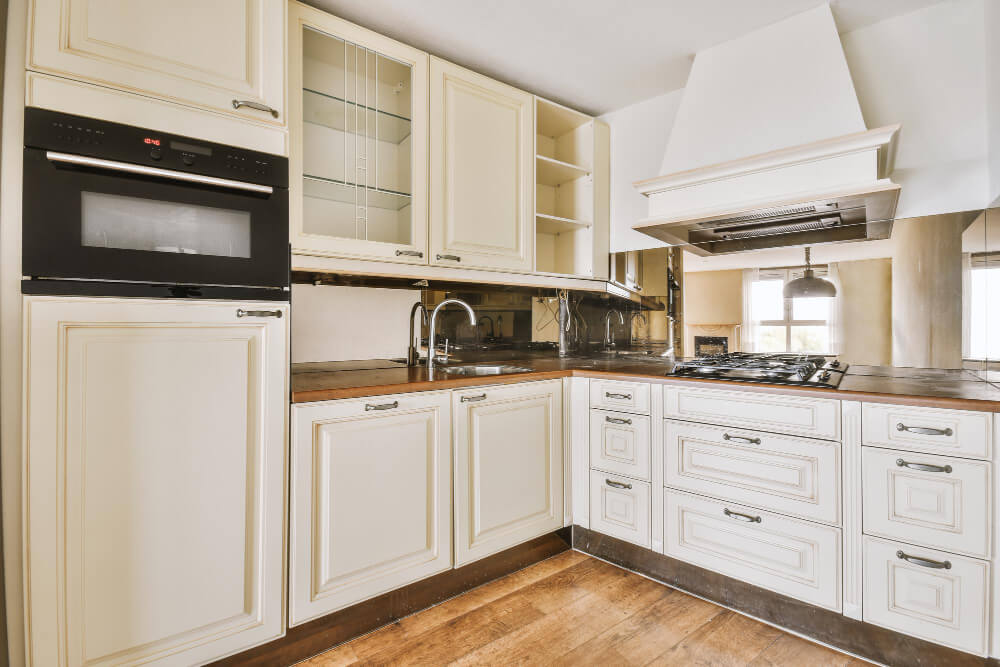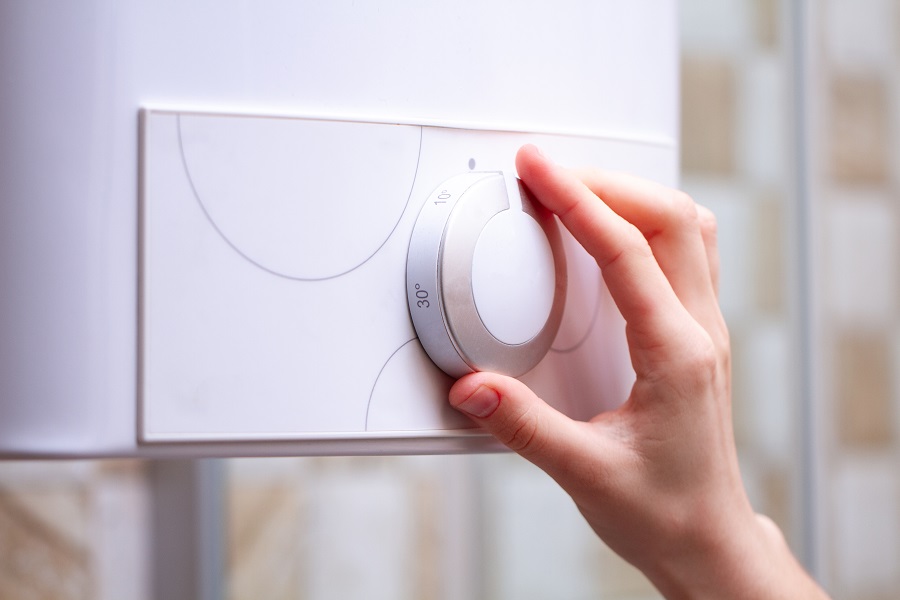Why does condensation keep coming back—no matter how often you wipe it away?
If you’re finding wet patches, musty smells, or mould creeping across the walls, you’re not alone—and there are ways to stop it. Condensation is common in UK homes, especially during colder months. But if left untreated, it can damage your property and affect your health. In this article, we’ll explain how to stop condensation, how underfloor heating can help, and what to do when mould appears on your walls.
Key Points:
- Understand what causes condensation and damp in the first place.
- Learn how to stop condensation on your walls and windows.
- Discover how underfloor heating helps prevent cold spots and moisture build-up.
- Try DIY tips to reduce condensation and avoid black mould.
- Know when to call in professional help if problems continue.
Why Are My Walls Wet Inside?
Most of us are used to seeing condensation on windows after boiling a kettle or taking a hot shower. But when that same moisture starts showing up on your walls, it’s a sign that the issue is getting worse, and the problem could stem from inside of the house structure itself.
You’re no longer just dealing with temporary mist — you’re dealing with trapped air and cold surfaces that can’t dry out properly.
Condensation forms when everyday activities release moisture into the air, and that warm, humid air hits a cold wall. If the wall is poorly insulated or there’s not enough ventilation in the room, the moisture can’t escape. Instead, it settles and soaks into the wall’s surface.
This is especially common in winter, when you are less likely to open windows and let the air flow freely. It’s also more likely to happen in rooms where traditional central heating systems like radiators create uneven temperatures — warm in some places, cooler in others. Learn why underfloor heating provides comfortable alternatives to normal heating systems with our advice regarding central heating allergy symptoms.
Common causes of condensation on walls include:
- Uneven heating that leaves cold spots, especially in older homes
- Poor or blocked ventilation (such as covered trickle vents or air bricks)
- Cold external walls with no insulation
- Drying clothes indoors without airflow
- Not using extractor fans during cooking or showering

What Are The Signs of Condensation on Walls?
The signs can build up slowly or appear suddenly after a cold snap. You might notice:
- Water patches or streaks on interior walls
- Wallpaper peeling or bubbling
- A damp, musty smell — especially in bedrooms or box rooms
- Black mould, particularly in corners, window reveals or behind furniture
- Wet walls after cooking, showering, or drying laundry
If these issues keep coming back, you’re likely dealing with a long-term condensation problem.
What Causes Condensation — And How Does Heating Come Into Play?
Condensation happens when warm, moist air meets a cold surface. The warmer the air, the more moisture it holds. When that air cools suddenly — like when it touches a cold wall — the moisture condenses into water droplets.
Heating plays a big role in this, too. Radiators tend to heat the area immediately around them, leaving colder spots in the room where moisture can settle. That’s where underfloor heating can help. Because it heats evenly from the floor up, underfloor heating reduces cold zones and helps stop condensation before it starts.
By switching to an underfloor heating system and combining it with better ventilation, you’re not just warming the space — you’re actively helping to prevent condensation from building up on your walls.
What Causes Damp?
Before you can work out how to stop condensation, it helps to understand how it connects to damp. Damp is simply too much moisture trapped inside your walls, floors, or ceilings. If left unchecked, it can weaken building materials, lead to rot, and create the perfect conditions for mould.
Damp can appear for a few different reasons:
- Leaks in the roof, plumbing, or external walls
- Rising damp from below ground level
- Condensation from everyday activities like cooking, washing, and drying clothes
- Poor ventilation in bathrooms, kitchens, or bedrooms
When condensation is frequent and left untreated, it can soak into walls and floors—eventually leading to patches of visible damp. This is why learning how to deal with condensation early on can stop a minor issue from becoming a costly repair job later.
Underfloor Heating and Dampness
Underfloor heating (UFH) is often seen as a modern and efficient way to warm up a room. But does it cause dampness? The short answer is no—not if it’s installed correctly.
Both water underfloor heating and electric underfloor heating kits work by heating from the floor upwards. This distributes warmth evenly across the space and can actually help reduce cold spots that encourage condensation.
However, like any system, things can go wrong if it’s not fitted properly.
Damp risks linked to poor UFH installation:
- A damp subfloor that wasn’t dried out before the heating system was installed
- Heating pipes or mats laid too close to the surface, causing floor expansion and cracks
- Lack of vapour barriers or moisture protection under the screed
- Rooms with poor ventilation where warm, moist air can’t escape
To avoid these issues, it’s important to make sure the subfloor is dry, insulated, and properly prepped before installation. Working with a trusted installer and following product guidance from suppliers is the safest way to ensure your system stays dry and problem-free.
Why Doesn’t Underfloor Heating Cause Condensation?

Traditional radiators heat the area around them first, creating warm and cool zones in the same room. These cold spots—like unheated walls or window reveals—are where condensation often forms.
Underfloor heating doesn’t work this way. It creates an even layer of warmth from the floor up, helping to eliminate cold surfaces that attract moisture. This means there’s less chance of condensation forming on the walls in the first place.
If you’re trying to figure out how to prevent condensation in a particular room, upgrading to underfloor heating (especially in problem spaces like bathrooms or conservatories) can make a big difference.
If you do not want to part with your radiators but still want to add underfloor heating, it is possible to combine underfloor heating and radiators.
We have a plethora of guides that discuss underfloor heating in different rooms of the home and associated products, including:
How to Deal with Condensation: Everyday Tips

Even with UFH, condensation can still occur if there’s poor airflow or too much moisture in the air. Here are some quick ways to reduce the risk:
- Keep trickle vents and air bricks clear so moisture has somewhere to escape
- Open windows for short periods each day, especially after showers or cooking
- Use extractor fans in the kitchen and bathroom — and keep them running for 10–15 minutes afterwards
- Avoid drying laundry indoors, or use a dehumidifier nearby if it’s unavoidable
- Leave a gap behind furniture to allow air to circulate and prevent damp spots
- Put lids on pans when boiling water to reduce steam buildup
These simple changes can help reduce moisture in the air, which means less condensation on your walls and windows.
Did you know? One load of washing dried indoors can release up to 9 pints of moisture into the air — enough to cause major condensation if it can’t escape.
In conclusion, condensation is both inevitable and common in contemporary UK homes, but it doesn’t have to be a constant problem. By improving ventilation, heating your home evenly, and tackling moisture at the source, you can prevent dampness and protect your walls long-term. Underfloor heating is a great way to reduce cold spots and stop condensation from settling. Whether you’re dealing with minor condensation or bigger signs of damp, taking simple steps now can save you hassle—and repairs—down the line.
FAQs
Can condensation be worse in newer homes?
Yes. Newer homes tend to be more airtight, which can trap moisture if proper ventilation isn’t in place. While insulation helps with energy efficiency, it’s still important to allow moisture to escape through trickle vents or mechanical ventilation systems.
Is condensation the same as rising damp?
No. Condensation forms when moist air hits a cold surface, usually from daily activities like cooking or washing. Rising damp, on the other hand, occurs when moisture travels up through walls from the ground. The causes and solutions for each are different.
Should I leave underfloor heating on all day to prevent condensation?
Not necessarily. Modern underfloor heating systems are efficient and can be run with timers or thermostats. Keeping the temperature steady helps avoid cold spots, but it doesn’t need to run constantly. Good airflow and moisture control are equally important. What temperature should underfloor heating be set at?
Sources
RadioTimes Money. (2024) Drying laundry inside causes havoc on the home and health. [online] Available at: https://www.radiotimesmoney.com/news/drying-laundry-inside-causes-havoc-on-the-home-and-health/ [accessed 16/07/2025]
